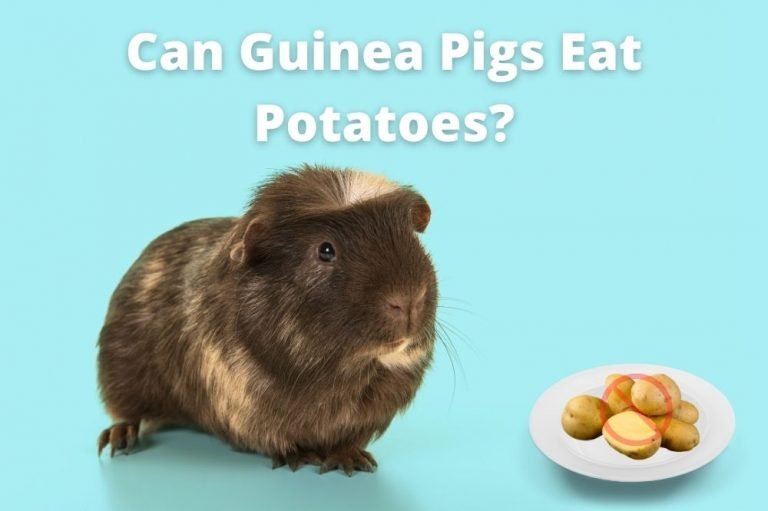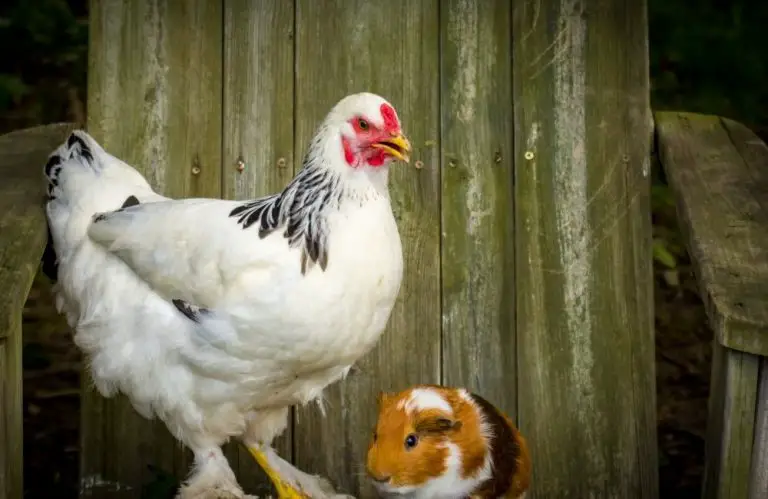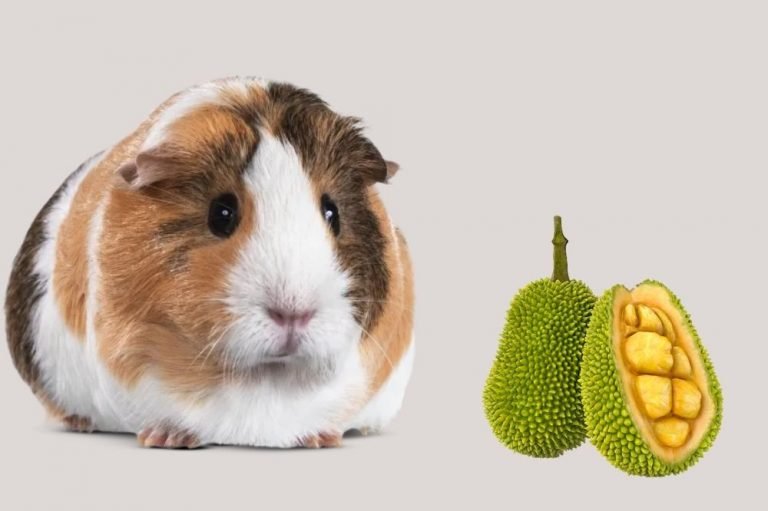Can Guinea Pigs Eat Bread?
Bread is a major breakfast component in many homes. It’s a great base for many recipes like sandwiches and it’s available in many various forms.
Although white bread is not particularly recommended, brown whole bread is recommended and also preferred by most people who are keen on healthy living.
Bread is calorie-rich and it is quite nutritious. This would tempt you to offer some to your adorable furry ball so that they can stack up some of those nutrients but is it even safe for them?
Keep reading to find out.
Can guinea pigs eat bread?
Guinea pigs can eat bread but it’s not a great idea to feed it to your pet. The health risks of bread outweigh its nutritious benefits making it not worth it. Bread presents a choking hazard for your pet in addition to bringing about digestion issues, bloating, bladder stones, obesity, and diabetes. These are quite much compared to the benefits of providing fiber and potassium to their diet.
Benefits of feeding bread to your guinea pig
Bread can be healthy for humans but the digestive system of guinea pigs is different so they can not be able to absorb its nutrients like humans.
However, some of the nutritious benefits that your pet can get from bread are:
Fiber
Fiber is a major requirement in a guinea pig’s diet. These small animals have a sensitive digestive system that is not strong and it requires roughage to be able to digest food properly.
Bread is rich in fiber and it can be helpful for guinea pigs as it prevents constipation and loose stool.
Fiber also aids in regulating blood sugar. The fiber in a diet functions in controlling the rate of sugar absorption in your pet’s bloodstream by lowering it hence regulating the sugar content in their blood.
Potassium
Potassium is a mineral that is a good addition to a guinea pig’s diet. Potassium works in effectively reducing blood pressure in your pet.
Why you should not feed bread to your guinea pigs
Bread will offer some benefits when eaten by guinea pigs but the dangers of feeding it to your pet are more. They include:
Choking hazard
When fresh, bread is usually soft. It becomes quite sticky when chewed and this is no different in guinea pigs.
When they chew the bread, it will stick between their teeth and in their mouths. This will not only be uncomfortable and frustrating to your pet but also present a choking hazard for them.
They may swallow up the formed bread balls and choke on them. Choking can turn fatal in guinea pigs because they are not able to vomit.
If they choke on something it may be unable to come out making choking on bread a dangerous situation.
Digestion issues
Bread is processed food. Guinea pigs are not supposed to eat processed foods because they cannot digest them.
Guinea pigs have a delicate digestive system that is not complex enough to digest processed foods including foods like dairy and meats.
Bread may contain dairy products making it even harder for them to break down as they don’t have the enzymes and digestive juices required for that.
This leads to digestion problems in your pet that could easily bring about painful stomach upsets and diarrhoea.
Bladder stones
Bread contains a lot of calcium. Calcium in high quantities becomes a health hazard to guinea pigs.
Calcium combines with oxalates to form stones in the bladder or kidney. These stones are very painful to humans making them worse for guinea pigs who are smaller in size.
Bladder stones bring about urination complications in your pet. The guinea pig will lack appetite, lose weight, show pain while urinating, and have blood traces in their urine.
Urine could even get blocked and they will be unable to urinate making it vital to see a vet immediately you see these signs.
Obesity
Bread is full of calories, fat, carbs, and protein. This forms a combination that is harmful to your pet.
It can lead to unhealthy weight gain and ultimately obesity. If your pet is obese they will have problems while moving around and their health will also be at risk.
Diabetes
Bread has a high amount of sugar in it. Sugar brings about harmful effects on your pet.
Eating bread can lead to dental problems like tooth decay, health conditions like diabetes, and unhealthy weight gain.
Shorter life span
Bread contains phosphorus. Phosphorus is a mineral that brings about stunted growth in guinea pigs making them grow slower than normal.
Feeding a lot of bread to your pet will also put them at risk of a reduced lifespan making them live shorter than they should have.
Sodium
The presence of sodium in bread is another reason you should avoid stuffing your pet with it. Sodium brings about an increase in blood pressure.
Although bread has potassium which reduces blood pressure, the sodium level is significantly higher making it less effective in countering the effects of sodium.
Lack of vital nutrients
Bread lacks Vitamin C. Guinea pigs on the other hand require foods with a good amount of Vitamin C.
This is because guinea pigs lack the ability to make their own Vitamin C, therefore, needing to supplement it from other sources.
Vitamin C is an important vitamin in guinea pigs. It helps in boosting their immunity and in faster healing of wounds.
Most importantly, Vitamin C prevents Scurvy. Scurvy is a painful condition that affects the bones and joints.
It is very common in guinea pigs and a major cause of their death. This makes it necessary to feed your pet with foods high in vitamin C to prevent the disease.
Conclusion
Although bread is not poisonous to guinea pigs, it leads to several health complications that make it bad food for them.
Bread can bring about urination problems, obesity, reduced lifespan, choking, and digestion issues.
If you still want to feed your pet bread, do it only once or twice per month with a few bread crumbs. Avoid high sugar breads like banana bread and cinnamon bread or breads with nuts.
You should also make sure that the bread is not buttered or spread with jam to reduce the sugar content.


![Can Guinea Pigs Learn Their Names? [Do They Recognize Your voice!]](https://atractivopets.com/wp-content/uploads/2020/10/Can-Guinea-Pigs-Learn-Their-Names-768x499.jpg)


![Can Guinea Pigs Eat Mushrooms? [Feeding Guide!]](https://atractivopets.com/wp-content/uploads/2020/10/Guinea-Pigs-Have-Blankets-2-768x511.jpg)

